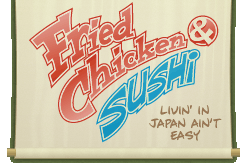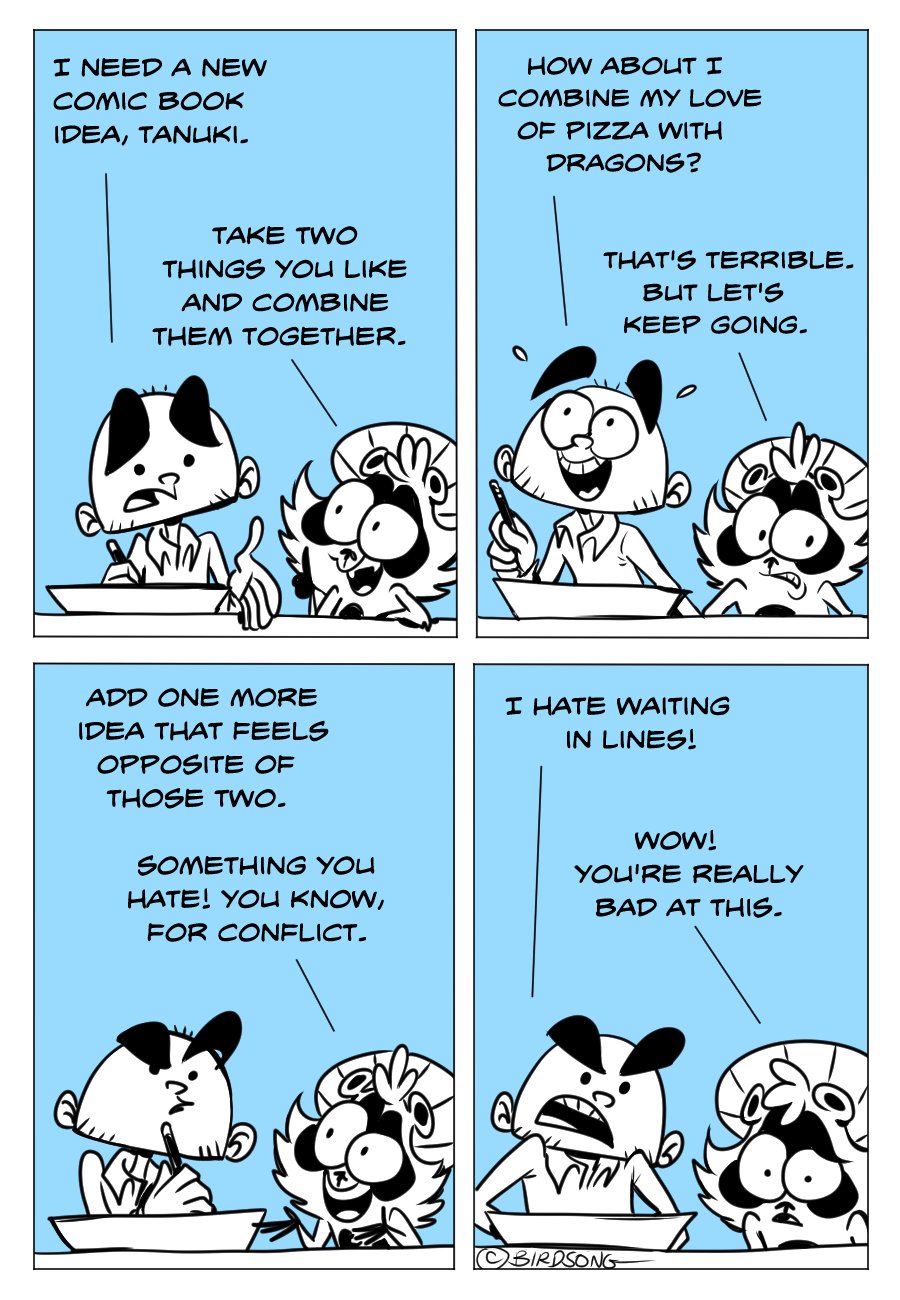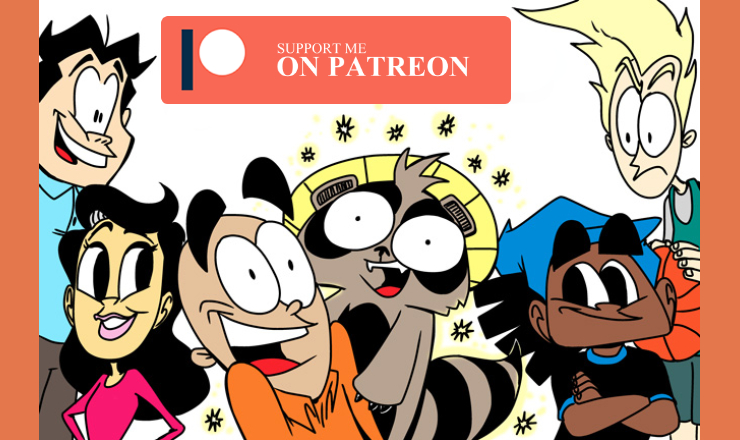Want to Look Cute? Draw Yourself!
/Is Tanuki saying I have a big head?
Drawing yourself can be easy and fun
Even if you’re not a cartoonist, knowing how to draw yourself as a cartoon character can be a unique addition to your journals, putting your face on little notes or cards you give as gifts to friends, family, and even your kids.
You can add personality to anything you’re writing by hand and make people smile if you can draw yourself quickly and cutely.
Step One: Pick a shape for your head
Choose a shape for your head. Even a square one could be cute!
Look in the mirror, take a deep breath, and be honest about your head shape. Do you have a long face? Round? Maybe you’re not sure, so you ask someone. If you have kids, ask them how they see you. Be prepared for hilarious honesty!
Truthfully, the shape of the head doesn’t really matter.
You can use any of the three. I draw myself with each one of these head shapes depending on how I feel. If you look back on some of my older posts, the cartoony version changes depending on the joke, how stubborn I want to come across (square heads are good for that), or how innocent I must look to clarify the message.
Step Two: Draw your eyes and nose along the same line
Drawing your eyes and nose on the same line helps you look cute.
I like to use simple dots for my eyes, but you can use circles with pupils inside if you like. The main tip is to keep the eyes level with the nose. For some reason, this helps your drawing of the face look young and cute.
If you move the nose down further, it will make the face look older. If you have a pencil or pen in hand, try it. Draw several head shapes and add a simple letter C-shaped nose, then place eyes higher or lower and see what happens.
The key to making it look like you can also be adding eyebrows. Are yours thick, thin, or bushy? Dark or light color?
Be honest!
I have thick dark eyebrows, so I draw them large and color them black. They’re so big that they rise above my head most of the time. Don’t be afraid to push the size of your facial features. Making your eyes and nose super tiny in the center of a large circle might look better than features that take up more space. Use variety until you get something that looks right.
Even an expression can convey your unique personality.
If you’re a smiley person, really push the toothy grin. Are you usually serious? Try out different versions of expressions that represent you until something clicks.
Step Three: Add ears and hair
Now, they look like people!
Hair can make all the difference. Being bald is undoubtedly a part of making the cartoon version of me look accurate.
What shapes are created with your hair? How do you wear it most of the time?
Is it up, down, curly on top? If you always wear a baseball cap or some other cool hat, like a fedora, put it on you. See if you can figure out a style that looks like the every day you and simplify it into a few curving lines.
You don’t need to look exactly like you—only resemble you.
Step Four: Add a midsection, then arms and legs
One of these just might be you.
Are you tall or short? Maybe your midsection should be broad or box-like. Once you get it more like you, add in legs and feet. Don’t be afraid to use the animation method of Squash and Stretch to pull yourself long if you’re tall and smoosh yourself shorter or wider if needed.
Keep your feet simple ovals or half circles to make drawing easier.
That middle guy looks more like me.
Add arms with two parallel straight or curved lines and place a circle at the end for the palm of your hand.
Later, you can add a thumb and little sausages for your fingers.
From here, try adding details to your clothes that look like what you would typically wear. If you’re using a pen, coloring something in black, like pants, a collar, or a shirt, adds visual interest to your drawing.
Check out these examples.
I like the pointy-haired guy. He looks like a muppet!
Will you look like a kid? Yes. Most likely. But you’ll be cute and easy to draw.
For practice, try drawing your friends simply or family members and see if you can capture them with dots, circles, and different body types. You’ve seen me draw my daughter several times in comics here, and I focus on her curly hair to make her distinct.
Make sure to try various versions of yourself and have fun. If you make something you like, let me know in the comments.
Happy drawing!
You can get my creativity newsletter emailed to you RIGHT HERE!
















